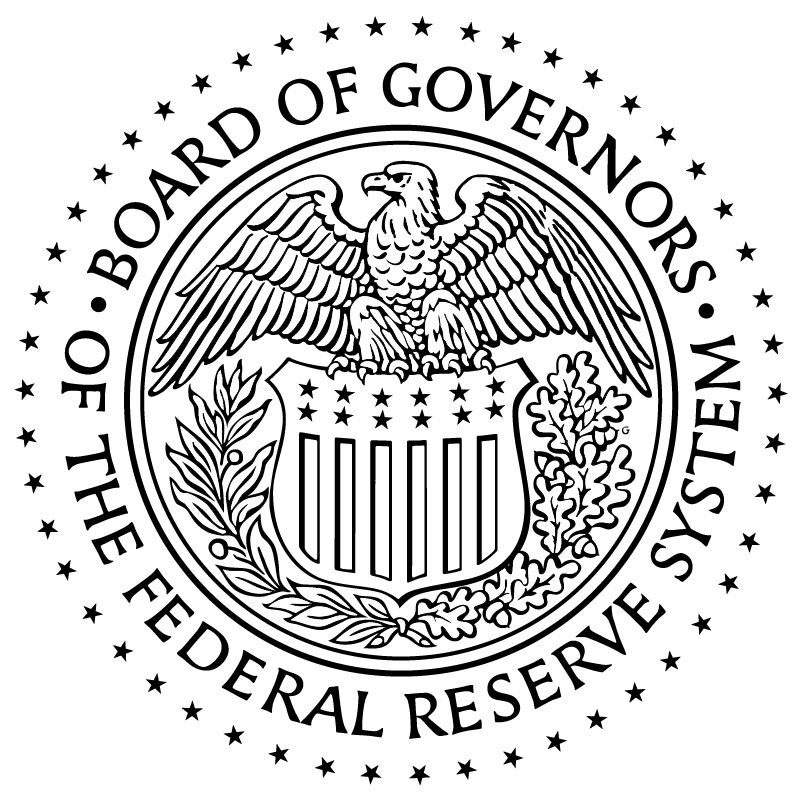Our Federal Reserve Chairman Powell testified today at Congress ... and, as often is the case, the mandate of the Fed was mouthed again ... as it often is. It was not questioned. It was just mouthed. I find it interesting that no Congressperson questioned this mandate.
The Fed’s mandate, as previously set by Congress is just two fold: Full Employment (now specified as a 4% unemployment rate) ... and Low Inflation (now specified as a 2% inflation rate). And, interestingly, both these objectives are now being surpassed ... by quite a bit. Inflation is now running at 1.6% and our unemployment rate is at 3.7%. Wow! The Fed has surpassed both their mandates!
Had I been questioning Powell today, I would have asked him if it is not time for Congress to rethink these mandates and, possibly, update or add to them. I have broached this topic before and have some suggestions for some updates for the Fed’s mandates:
- Economic Growth — certainly the Fed assumed this temporary mandate during Obama’s administration with its Quantitative Easing strategy — the huge expansion of its balance sheet by almost four trillion dollars. Basically, this meant the Fed bought huge amounts of government and mortgage debt ... pumping lots of money into the economy to drive up the prices of assets ... like stocks, bonds and housing ... and thus hold the economy’s head above water.
- Fair Trade — President Trump is in the midst of a trade war with China and other countries to bring down serious balance of payments problems. And trade wars often involve the price of the dollar at those countries with whom we are negotiating new trading policies. A strong dollar can easily negate the impact of any corrective tariffs imposed upon trading foes.
- Monetary Flows — There are such large disparities now between interest rates in the US and elsewhere (as much as 3 percentage points) that this disparity creates huge carry trade imbalances. Yes, right now this may help America finance our deficits ... but this might not always be the case. (Could this same flow be accomplished with a smaller differential?) Therefore, it would seem to this observer that our Fed should keep a wary eye on the difference between world-wide interest rates in setting our own rate ... in order to manage international money flows.
Therefore, rather than just the current mandates, I would suggest adding at least the above three objectives to the Fed's portfolio ... particularly during times when its existing two are being easily met ... like now.



No comments:
Post a Comment